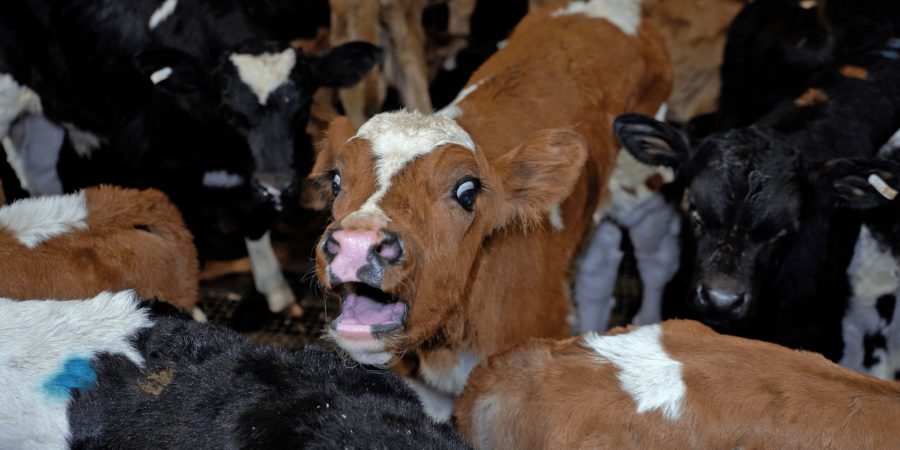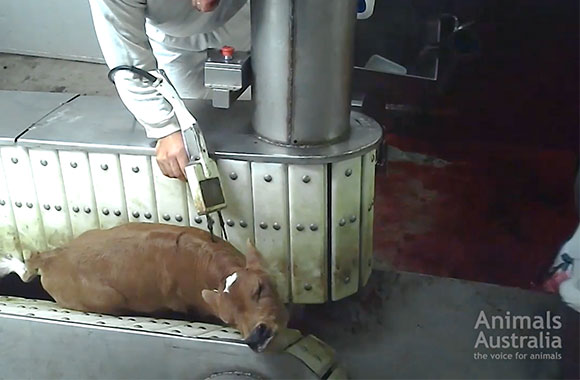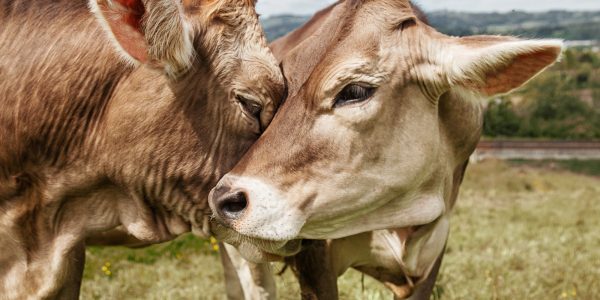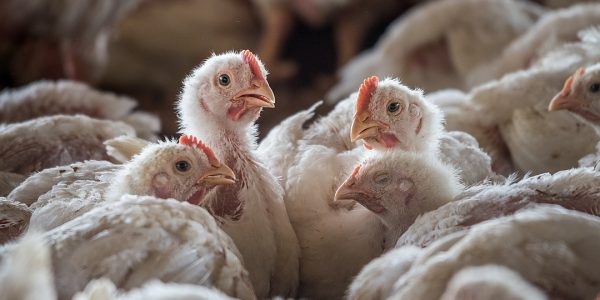How much do we really know about the life — and death — of animals killed for food in this country?
Sir Paul McCartney famously said that if slaughterhouses had glass walls, the world would be vegetarian. He understood that humans innately care about other sentient beings and don’t want to see them being harmed. This may also be why we instinctively turn away when passing a truck filled with farmed animals … we know where they’re going and can’t allow ourselves to think too deeply on it.
We want to believe that governments have oversight and that laws will protect them. What many people don’t realise however is that farmed animals have been deliberately excluded from the same laws that protect our companion animals — allowing outdated practices to continue in the interests of economic efficiency. This legal double standard was put in place despite the fact that all animals share the capacity to suffer.
It’s legal to treat Australian farmed animals in ways that would be considered criminal cruelty if done to a companion dog or cat.







